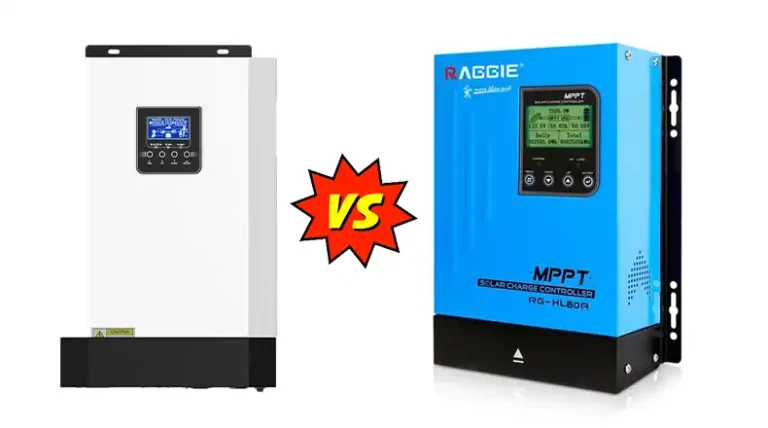How Does A Solar Powered Radio Work?
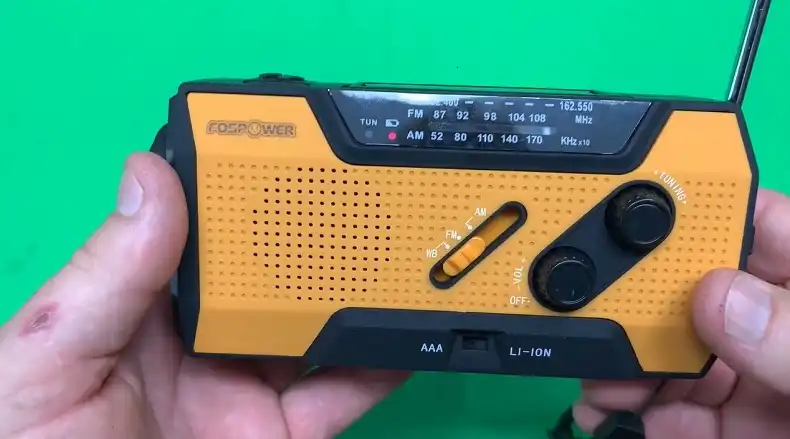
Solar powered radios have revolutionized the way we stay connected in off-grid situations, combining traditional radio technology with sustainable energy solutions.
These innovative devices harness sunlight through photovoltaic cells, converting it into electrical energy to power the radio or charge an internal battery for later use.
Unlike conventional radios that rely on disposable batteries or electrical outlets, solar powered radios offer a reliable and eco-friendly alternative, making them ideal for outdoor adventures, emergency preparedness, and reducing environmental impact.
In this article, we’ll explore the inner workings of solar powered radios, their key components, and the benefits they bring to modern communication needs.
What Is A Solar Powered Radio?
Solar powered radios represent a fusion of traditional radio technology and renewable energy. These devices are designed to operate using energy harnessed from the sun, offering a sustainable alternative to conventional battery-powered or plug-in radios.
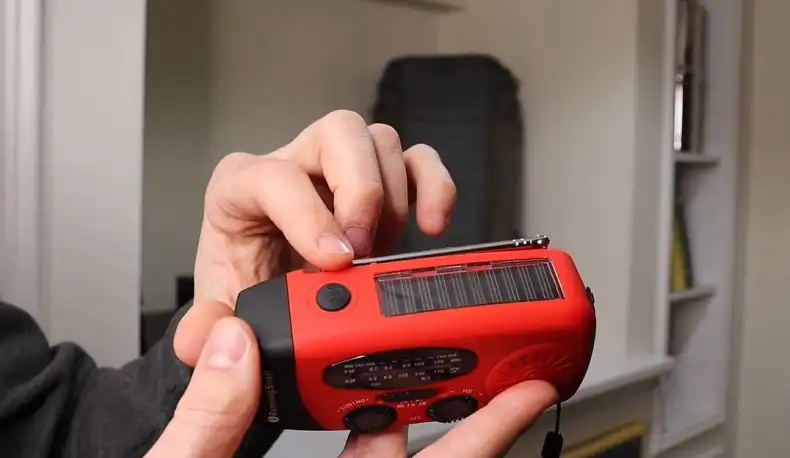
Definition and Basic Concept
At its core, a solar powered radio is a portable communication device that utilizes solar energy to function. It captures sunlight through integrated solar panels, converts this energy into electricity, and uses it to power the radio’s operations or charge an internal battery for later use.
Key Components
The primary components of a solar powered radio include:
- Solar Panel: This is the device’s powerhouse, responsible for capturing sunlight and initiating the energy conversion process.
- Rechargeable Battery: This stores excess energy for use when sunlight isn’t available.
- Radio Circuitry: This includes the antenna, amplifier, and other electronic components that process radio signals and produce sound.
These elements work in harmony to create a self-sustaining radio system that can operate independently of traditional power sources.
How Does a Solar Powered Radio Work?
Understanding the functioning of a solar powered radio involves delving into a fascinating process that transforms sunlight into audible radio broadcasts. Let’s break down this process step by step.
1. Solar Panel Function
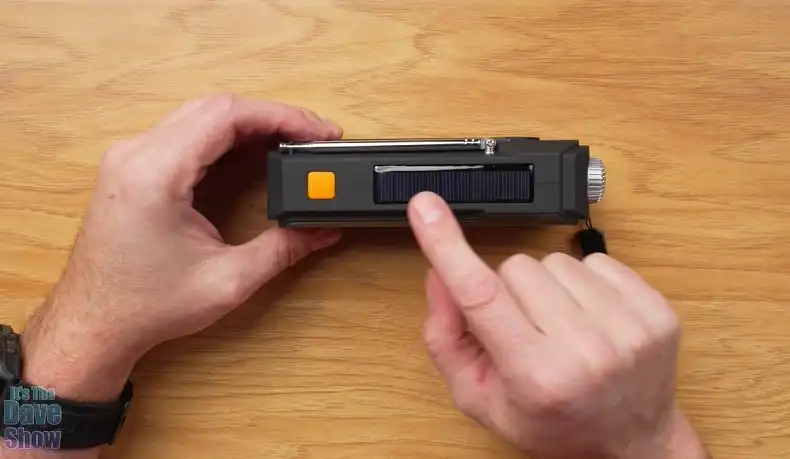
The journey begins with the solar panel. When exposed to sunlight, the photovoltaic cells within the panel become energized. These cells are typically made of silicon and are designed to react to sunlight by generating an electric current.
2. Energy Conversion Process
As sunlight hits the solar panel, it excites the electrons in the silicon cells. This excitement causes the electrons to move, creating a flow of electricity. This process, known as the photovoltaic effect, is the fundamental principle behind solar energy conversion.
3. Battery Storage
The electricity generated by the solar panel is then directed to the radio’s rechargeable battery. This battery acts as an energy reservoir, storing the power for later use. This storage capability is crucial, as it allows the radio to function even when direct sunlight isn’t available, such as during cloudy days or at night.
4. Radio Circuitry
Finally, the stored energy powers the radio’s internal circuitry. This includes various components such as the antenna for receiving radio signals, amplifiers to boost these signals, and speakers to convert the electrical signals into audible sound waves.
By understanding this process, we can appreciate the ingenuity behind solar powered radios and their ability to provide reliable communication using nothing but the power of the sun.
Using a Solar Powered Radio
Now that we understand the inner workings of a solar powered radio, let’s explore how to use one effectively. Proper usage ensures optimal performance and longevity of the device.
1. Positioning for Optimal Charging
To get the most out of your solar powered radio, proper positioning is key. Place the radio in a location where its solar panel can receive direct sunlight.
Avoid shaded areas or places where objects might cast shadows on the panel. For best results, angle the panel towards the sun, adjusting its position throughout the day if possible.
2. Connecting and Charging
Most solar powered radios are designed for easy use. Simply exposing the solar panel to sunlight will start the charging process. Some models may have indicator lights to show when charging is in progress and when the battery is full.
If your radio has additional charging options, such as a USB port or hand crank, familiarize yourself with these features for times when solar charging isn’t feasible.
3. Operating Tips
To maximize the efficiency of your solar powered radio:
- Keep the solar panel clean and free from dust or debris.
- Allow the battery to fully charge before first use.
- Use energy-saving features if available, such as lower volume settings.
- Store the radio in a cool, dry place when not in use to preserve battery life.
By following these guidelines, you can ensure your solar powered radio is always ready when you need it, whether for daily use or in emergency situations.
Additional Features of Solar Powered Radios
Modern solar powered radios often come equipped with a range of additional features that enhance their functionality and versatility. These extra capabilities make them valuable tools for various situations, from outdoor adventures to emergency preparedness.
Hand Crank Option
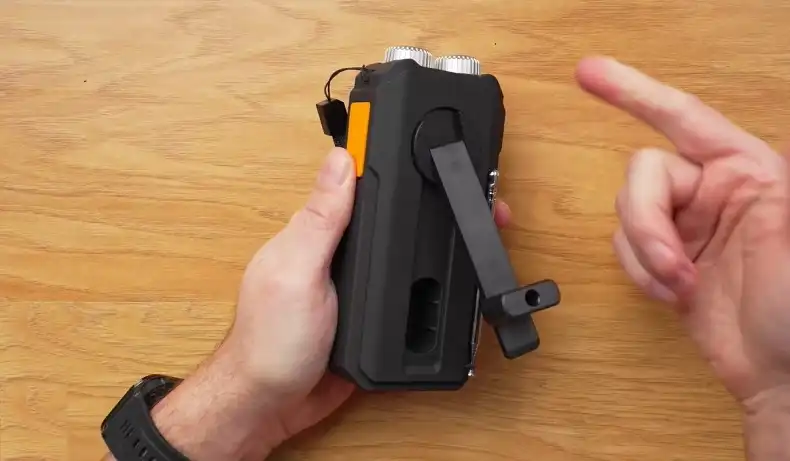
Many solar powered radios include a hand crank as an alternative charging method. This feature is particularly useful when sunlight is scarce or during emergencies.
By turning the crank, you generate mechanical energy that’s converted into electrical energy, charging the radio’s battery. This ensures you can power your radio even in the absence of sunlight or when the battery is completely drained.
USB Port for Charging Other Devices
Some advanced models of solar powered radios come with a USB port, allowing them to serve as power banks for other small electronic devices.
This feature can be a lifesaver in emergency situations or during outdoor excursions, enabling you to charge your smartphone, GPS device, or other USB-powered gadgets using the radio’s stored solar energy.
Integrated Flashlight
An integrated flashlight is another common feature in many solar powered radios. This addition transforms the radio into a multi-functional tool, providing illumination when needed.
The flashlight typically runs off the same battery as the radio, making it a reliable light source for camping trips or during power outages.
Emergency Signal Features
For enhanced safety, some solar powered radios are equipped with emergency signal features. These may include:
- SOS beacon: A flashing light signal for attracting attention in emergencies.
- NOAA weather alerts: Access to official weather updates and emergency broadcasts.
- Siren: A loud alarm to signal for help or warn of danger.
These features significantly boost the radio’s utility in crisis situations, making it an essential part of any emergency kit.
Benefits of Solar Powered Radios
Solar powered radios offer numerous advantages that make them stand out from traditional battery-operated or plug-in radios. Let’s explore some of the key benefits that have contributed to their growing popularity.
Eco-Friendliness
One of the primary advantages of solar powered radios is their environmental friendliness. By harnessing renewable solar energy, these devices reduce reliance on disposable batteries and grid electricity.
This not only cuts down on battery waste but also decreases the overall carbon footprint associated with radio use. For environmentally conscious consumers, solar powered radios represent a sustainable choice for staying connected and informed.
Reliability In Emergencies
Solar powered radios truly shine in emergency situations. During power outages or natural disasters, when traditional power sources may be unavailable, these radios can continue to function as long as there’s some sunlight.
Their ability to operate independently of the power grid makes them invaluable tools for receiving critical information and weather updates during crises. Many emergency preparedness kits now include solar powered radios as essential items.
Portability for Outdoor Activities
The self-sufficient nature of solar powered radios makes them ideal companions for outdoor activities. Whether you’re camping, hiking, or spending a day at the beach, these radios provide entertainment and important information without the need for power outlets or frequent battery changes.
Their typically compact and lightweight design adds to their portability, allowing outdoor enthusiasts to easily carry them on their adventures.
Final Words
Solar powered radios represent a significant advancement in portable communication technology, offering a sustainable and reliable alternative to traditional radios.
By harnessing the power of the sun, these devices provide a range of benefits, from eco-friendliness to crucial functionality during emergencies.
Their ability to operate independently of the power grid, combined with additional features like hand cranks, USB charging ports, and emergency signals, makes them versatile tools for a variety of situations.
Whether you’re an outdoor enthusiast, an eco-conscious consumer, or someone preparing for potential emergencies, a solar powered radio can be an invaluable addition to your gear.
Frequently Asked Questions
1. What Is A Solar Powered FM Receiver?
A solar-powered FM receiver is a portable radio receiver that uses photovoltaic panels to convert sunlight into electricity, powering the device without the need for batteries or an external power source.
2. How To Charge A Solar Radio?
You can charge a solar radio using its built-in solar panel by placing it in direct sunlight. Alternatively, many solar radios can also be charged using an adapter or by manually turning a crank handle, providing multiple options for keeping the device powered.
3. What Is The Primary Drawback Of Solar Power?
The primary drawback of solar power is that it is subject to temporary weather disruption. Solar energy production can be significantly reduced on cloudy days, during storms, or at night, requiring backup systems or storage solutions to ensure a continuous power supply.
4. What Frequency Is Solar Radio?
Solar Radio broadcasts on Horizon’s old 102.5 FM frequency. This station focuses on soul, jazz, and related genres, and can be tuned into at this frequency.


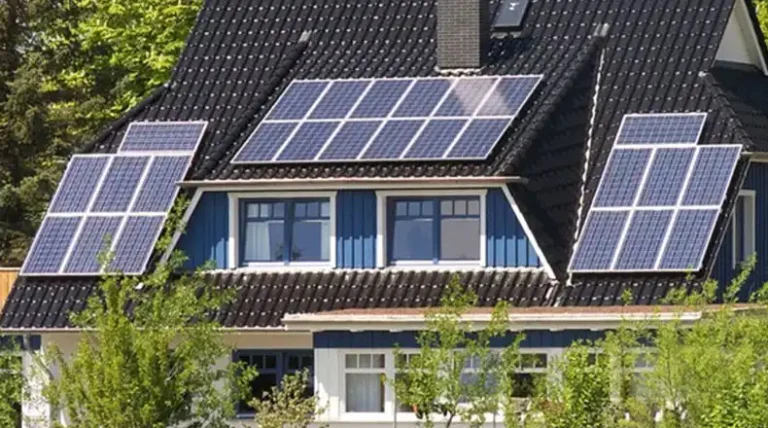

![[Exploring] Can a Solar Generator Run an Electric Blanket?](https://www.itekenergy.com/wp-content/uploads/2023/12/Can-a-Solar-Generator-Run-an-Electric-Blanket-768x428.webp)

